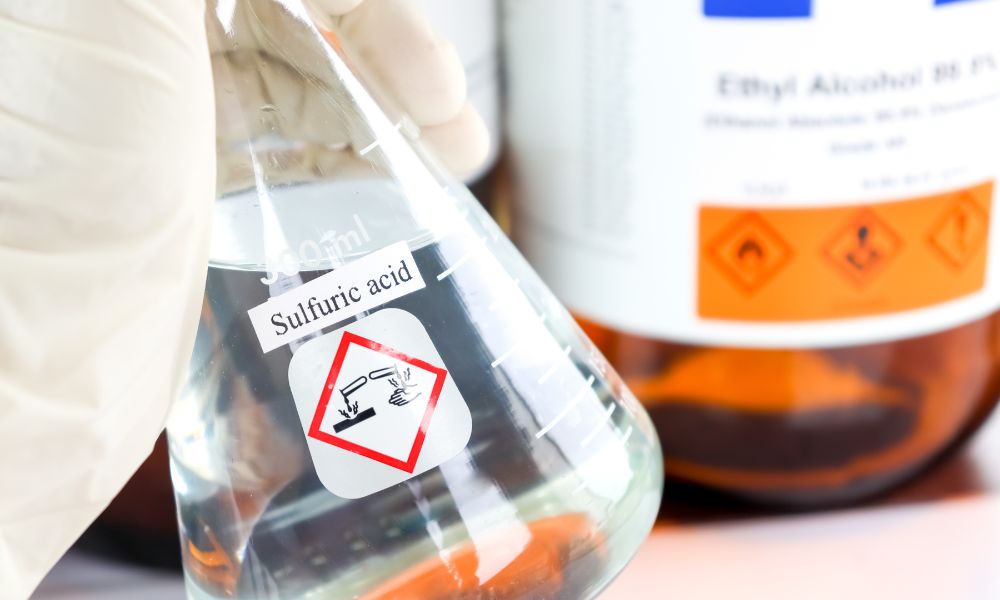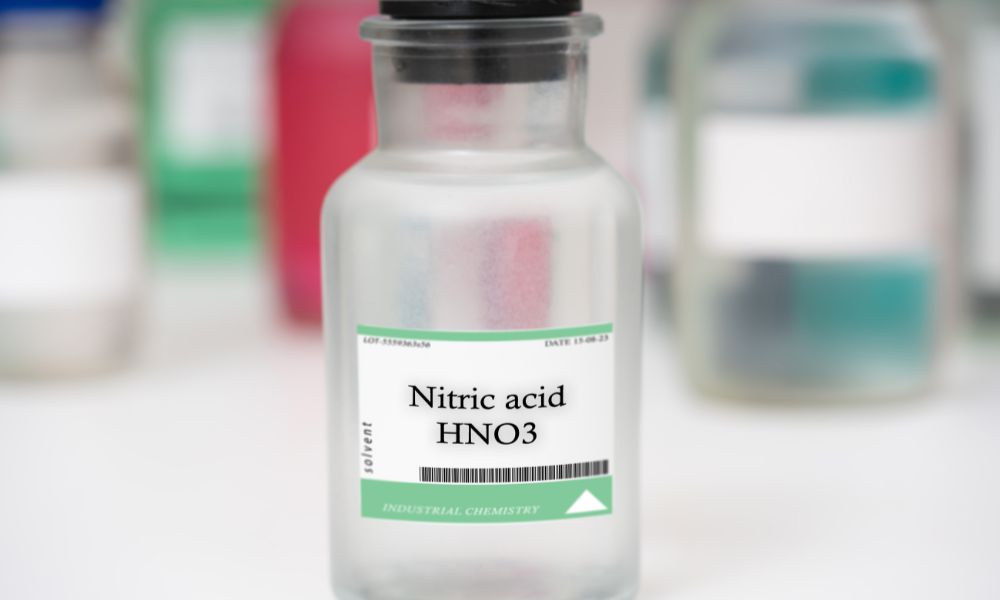
by Andrew Post | Feb 21, 2024 | Uncategorized
Caffeine is a familiar stimulant to many. However, anhydrous caffeine is a form of this compound that you may not recognize in laboratory content. When conducting scientific research and pharmaceutical applications, understanding the nuances among different chemical...

by Andrew Post | Feb 16, 2024 | Uncategorized
All professionals who work with chemicals must understand the importance of safety and proper handling. Sulfuric acid is one common chemical that requires careful attention as it is a highly corrosive and hazardous substance. Because this chemical can be hazardous, it...

by Andrew Post | Feb 6, 2024 | Uncategorized
The field of chemistry is complex, so categorizing the chemical reactions that take place can help your lab stay organized and safe. One of the chemical properties to record is oxidizing power, which describes a chemical’s ability to transfer electrons from one...

by Gordon Post | Jan 30, 2024 | Uncategorized
Volatile organic compounds (VOCs) exist in many materials that are common in laboratories. Because they can be harmful, everyone should be cognizant of their health. Keep reading to learn more about volatile organic compounds, their potential dangers, and how you can...

by Andrew Post | Jan 29, 2024 | Uncategorized
Laboratories everywhere constantly work toward innovation and discovery. Some of the most crucial materials for laboratory studies are reagents, which assist researchers in unlocking the mysteries of chemical interactions. Understanding the role of reagents and their...

by admin | Jan 26, 2024 | Uncategorized
As a crucial aspect of laboratory safety and efficiency, proper storage of bulk chemicals is a topic that all current and aspiring laboratory professionals should understand. This brief guide to bulk chemical storage in laboratories will discuss the importance of...







